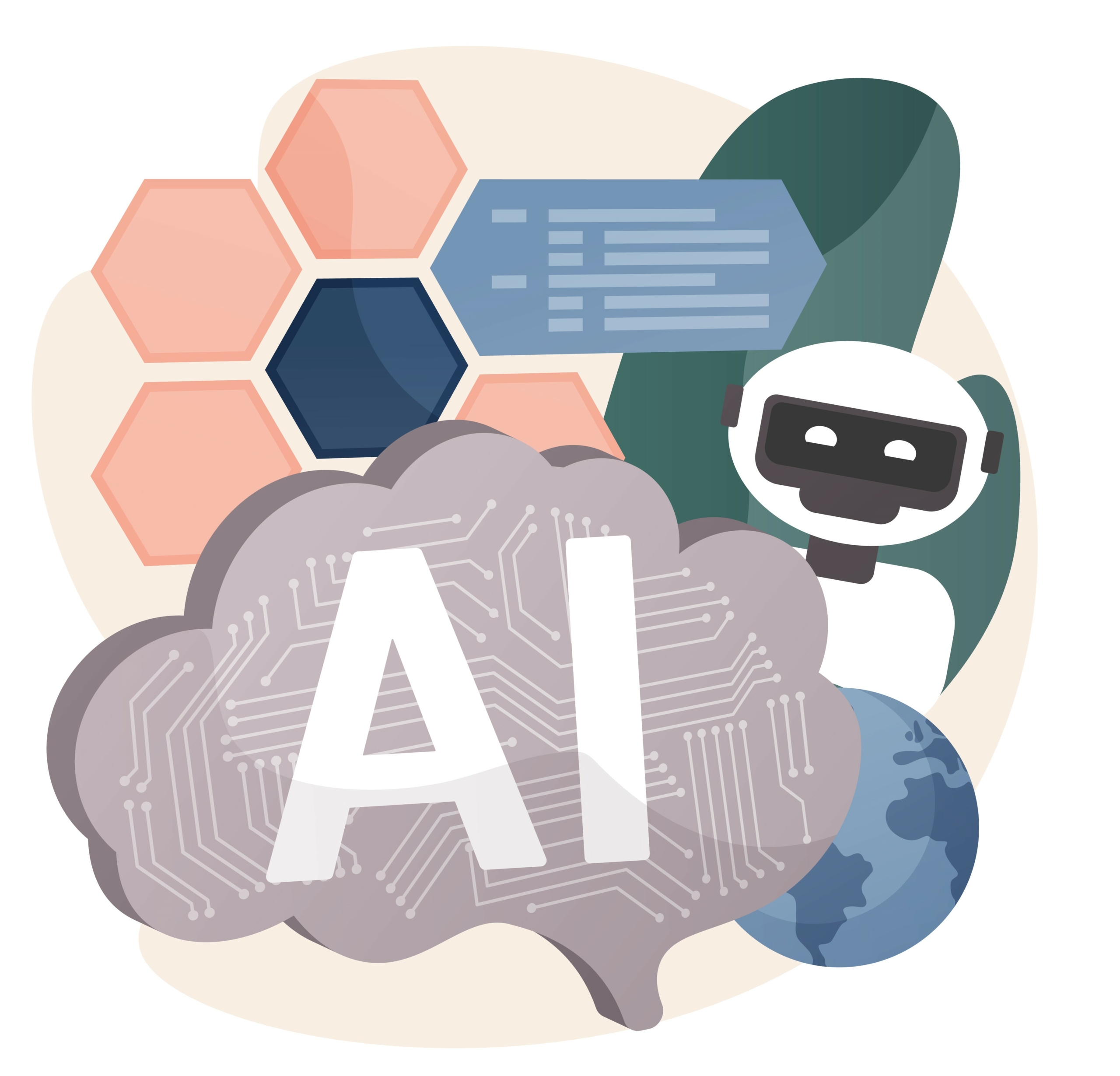A new Eurobarometer survey finds that Europeans want digital skills to hold the same status in schools as reading, mathematics and science.
Citizens view digital competence as essential for learning, future employment and informed participation in public life.
Nine in ten respondents believe that schools should guide pupils on how to handle the harmful effects of digital technologies on their mental health and well-being, rather than treating such issues as secondary concerns.
Most Europeans also support a more structured approach to online information. Eight in ten say digital literacy helps them avoid misinformation, while nearly nine in ten want teachers to be fully prepared to show students how to recognise false content.
A majority continues to favour restrictions on smartphones in schools, yet an even larger share supports the use of digital tools specifically designed for learning.
More than half find that AI brings both opportunities and risks for classrooms, which they believe should be examined in greater depth.
Almost half want the EU to shape standards for the use of educational technologies, including rules on AI and data protection.
The findings will inform the European Commission’s 2030 Roadmap on digital education and skills, scheduled for release next year as part of the Union of Skills initiative.
A survey carried out across all member states reflects a growing expectation that digital education should become a central pillar of Europe’s teaching systems, rather than an optional enhancement.
Would you like to learn more about AI, tech and digital diplomacy? If so, ask our Diplo chatbot!










